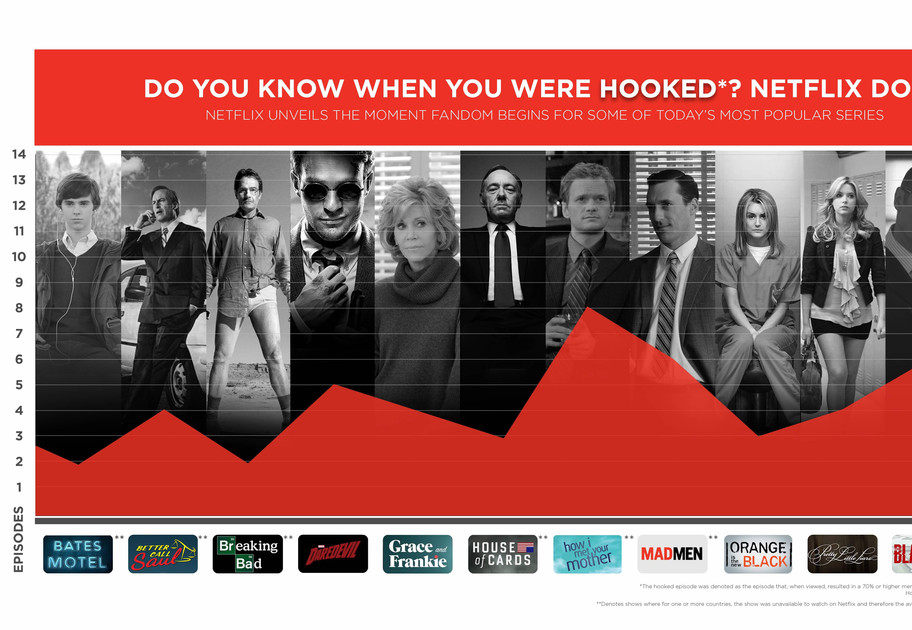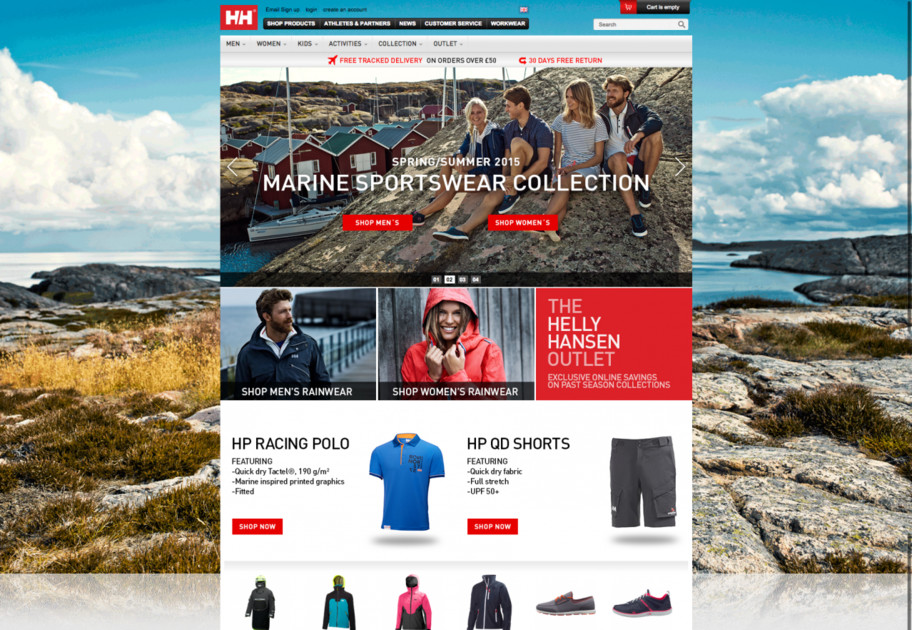Data makes content
relevant and succesful
House of Cards isn’t merely an intriguing series on Netflix, but is also, as it seems, quite a data success story. The available behavioural data and the predictive algorithms that Netflix run provided the irrefutable truth that a series starring Kevin Spacey, directed by David Finch and based on the highly valued original by the BBC had to be the hallmark for success. Without even looking at a single pilot episode, Netflix invested hundreds of millions. And it’s still reaping the rewards.
Copycat Alpha House not nearly as successful
Does data always guarantee success? And is it wise to put all your eggs into the data basket? No! Amazon Prime can speak from experience. This data giant also wanted to create a hit series based on data. Millions of viewers watched eight free test pilots. Their viewing behaviour was then analysed in great detail. The results from the data crunch came up with a series about four senators sharing a house in Washington D.C.: Alpha House. With viewer ratings of 7.4 out of 10, this series missed the cut of becoming the mega data success it was supposed to be.
.png?width=641&height=253&name=Kega%20logo%20(white%20bg).png)


